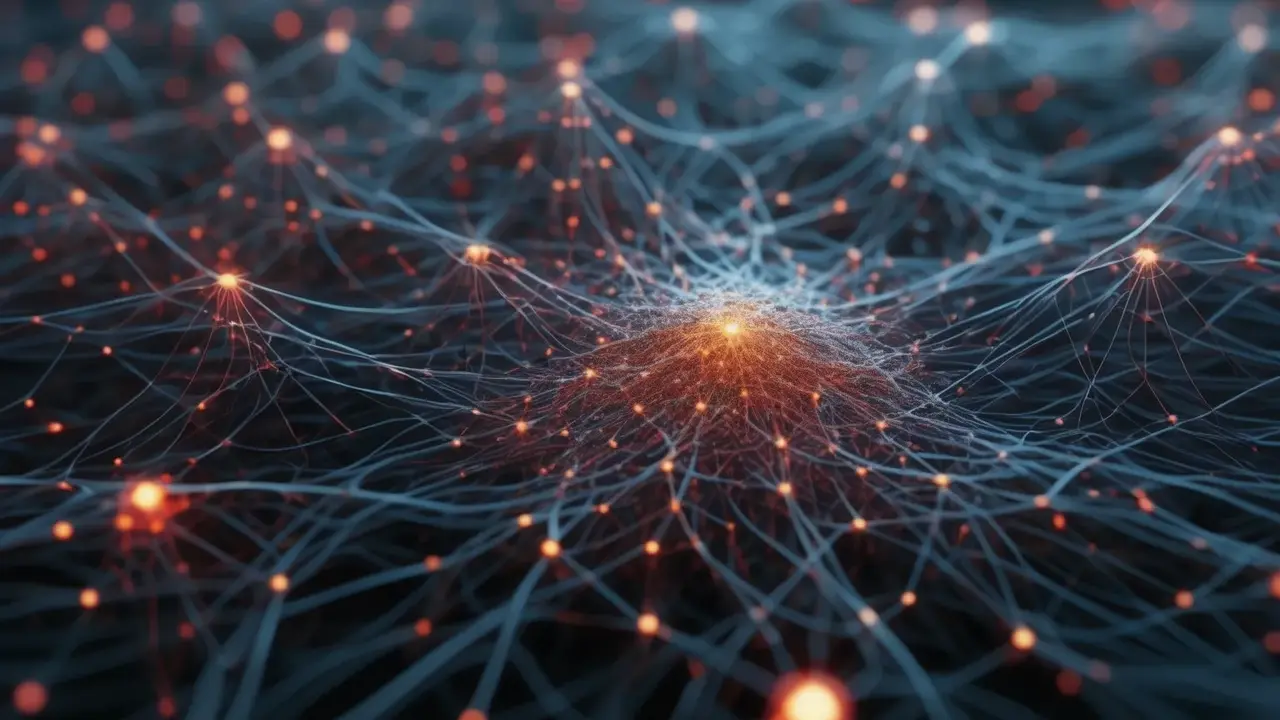As Konstantin Osintsev, Head of the Department of Industrial Heat and Power Engineering at SUSU, explains, unlike traditional drones, the new device is equipped with additional elements such as fenders and wing covers that help stabilize the device in the air. But the main feature of the device is the built-in neural network that analyzes flight errors and helps the drone adapt to external conditions.
The neural network built into the system collects data on various flight situations, allowing the device to choose the optimal trajectory to save energy. The control system can also adjust the angles of the flaps and wing fairings to stabilize the flight in unexpected situations.
Scientists have set a goal not only to improve flight safety, but also to reduce the fuel or energy consumption of the drone. Such a drone will be able to automatically choose a trajectory for takeoff and landing, taking into account the current speed and weather conditions, which can significantly increase its functionality and safety.
Source: Ferra
I am a professional journalist and content creator with extensive experience writing for news websites. I currently work as an author at Gadget Onus, where I specialize in covering hot news topics. My written pieces have been published on some of the biggest media outlets around the world, including The Guardian and BBC News.












